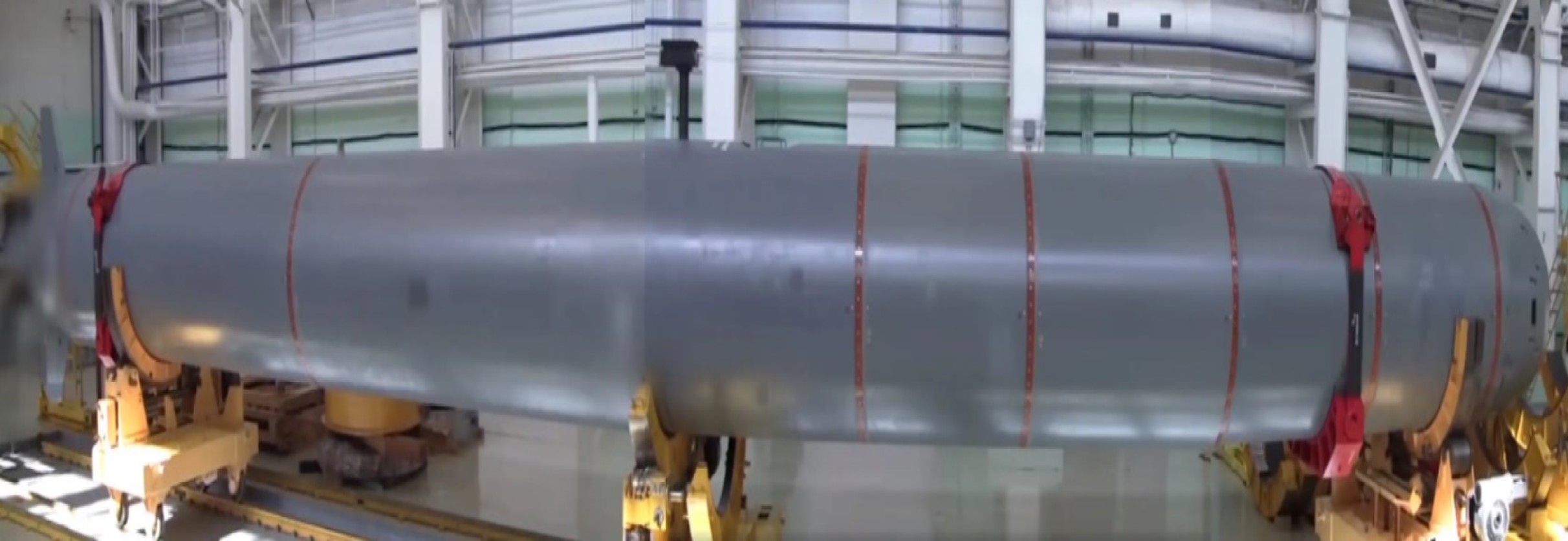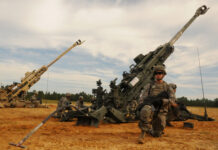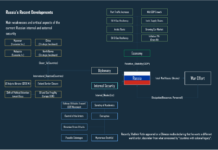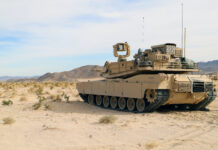Citing an unnamed senior US official, CNN reported that Russia may be preparing for a possible test of its ‘Poseidon’ nuclear-powered Unmanned Underwater Vehicle (UUV), which can be armed with either a conventional or nuclear warhead. Last week, the US personnel observed the departure of the submarine Belgorod (K-329) from its testing area in the Arctic Sea, where it had been from approximately early-October, and subsequent return to its base. However, the available evidence suggested that tests had not taken place, leading US officials to assume that technical difficulties had occurred during this attempt. Consequently, the officials expected the Russian Navy to undertake a second attempt relatively soon.
The Belgorod was commissioned into service with the Russian Navy in July 2022, however trials of some of the weapons were still pending at that time, and presumably still need to be performed. This includes the Poseidon UUV, which the Belgorod has been reported be capable of carrying six of in total. In terms of timing, it is thought that Russia would want to conduct the required tests before the Arctic Sea begins to ice over at the end of the year, reaching a peak in approximately February/March 2023. While the Belgorod itself is not necessarily dependent on ice-free waters, the same may not apply to its support vessels accompanying it for the tests.
The Poseidon UUV is primarily intended to be used as an intercontinental torpedo for long-range engagements against high-value targets. According to H I Sutton’s figures, it has an approximate length of 24 m, and a diameter of 2 m. It has been reported to possess an estimated range of around 10,000 km, and a top speed of around 129 km/h (70 knots), powered by a pump jet driven by a miniature nuclear reactor. Based on previously leaked technical drawings and analysis of some test images released by the Russian Ministry of Defence, the warhead is approximately 4 m in length. Estimates of the explosive yield vary, with earlier reports suggesting a yield in the region of 100 megatonnes, and more recent estimated stating a likely yield of just 2 megatonnes.
Hans Uwe Mergener












